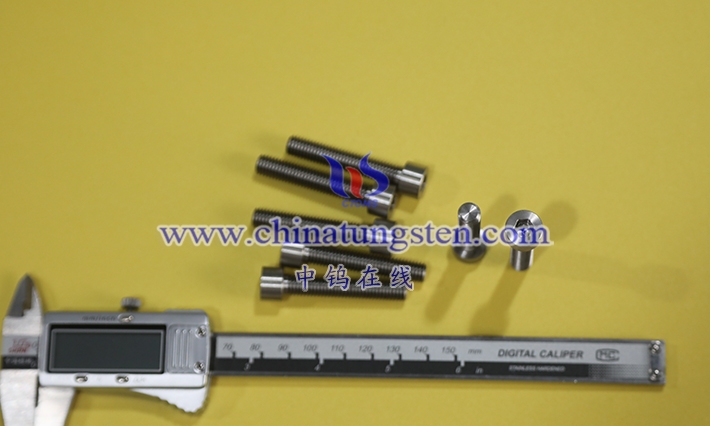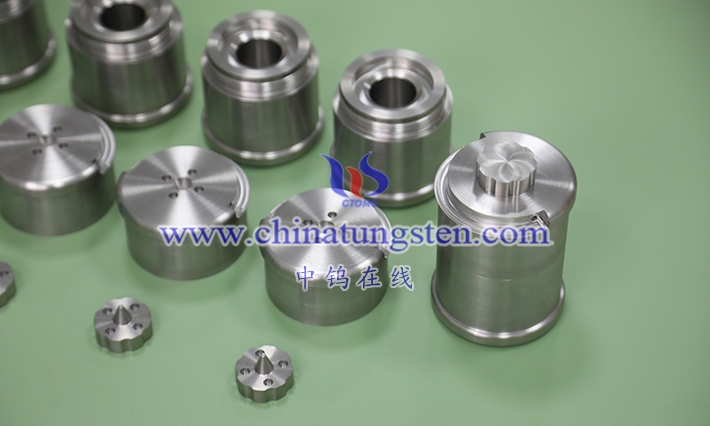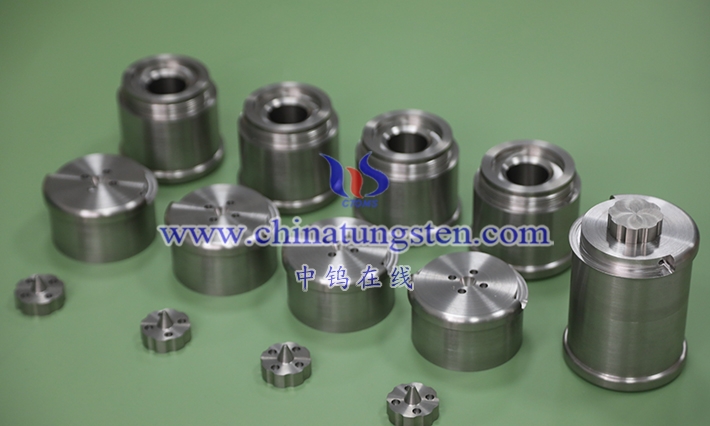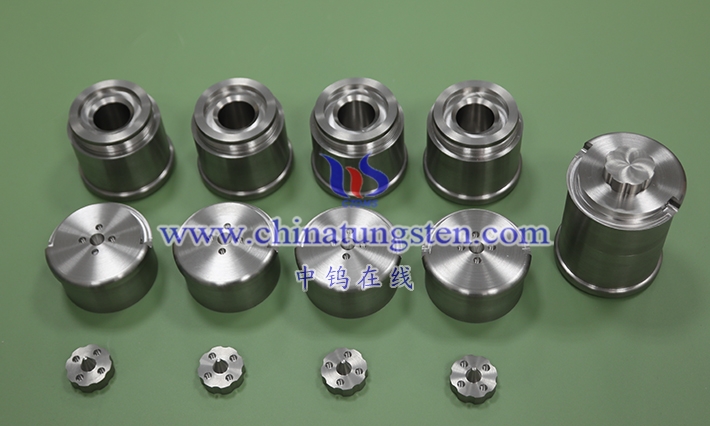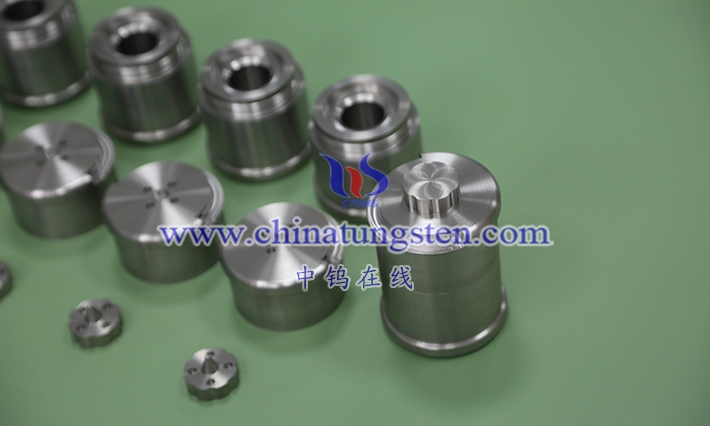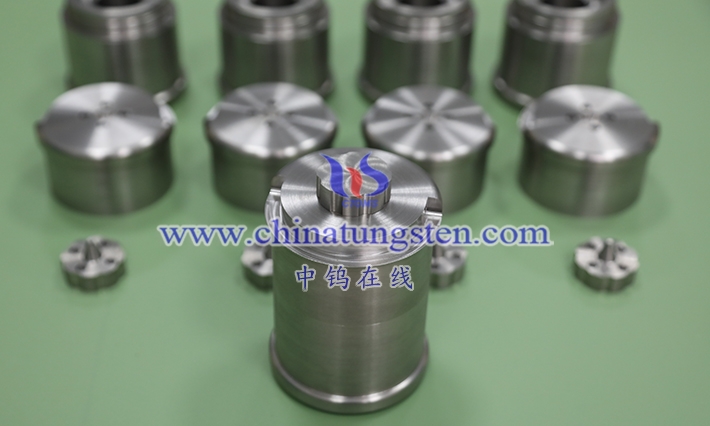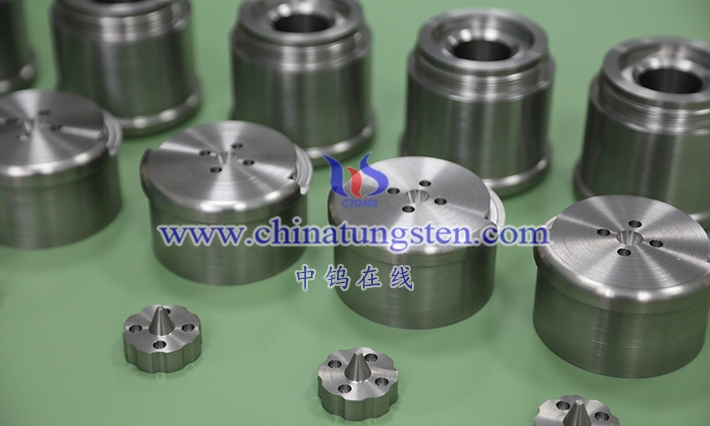What are the specific applications of tungsten alloy screws in the aerospace field? Their specific applications include engine component fixation, counterweight adjustment, vibration suppression, radiation shielding, and high-temperature structural connections. First, in engine component fixation, used in high-temperature areas of turbine engines, such as combustion chamber liners and fuel nozzle connections, ensuring stability under high-temperature airflow and high-speed rotation, withstanding thermal fatigue. Second, in counterweight adjustment, as counterweight screws for aircraft ailerons, elevators, and rudders, utilizing high density to optimize weight distribution, improving control sensitivity and flight stability. Third, in vibration suppression, installed on rotating components like crankshafts and turbine blades, absorbing vibration energy, reducing mechanical fatigue, and enhancing overall durability. Fourth, in radiation shielding, used for satellite and rocket radiation protection components, efficiently blocking cosmic rays, protecting electronic equipment. Fifth, in high-temperature structural connections, fixing rocket nozzle liners and thermocouples, utilizing high melting point and low thermal expansion to maintain structural integrity. Additionally, in drones and missiles, as inertial mass pieces, precisely controlling the center of gravity, improving maneuverability. These applications stem from the high strength, heat resistance, and density advantages of tungsten alloys, reducing size and enhancing performance compared to traditional materials. In modern aviation, such as F1 racing engine crankshafts, this technology is also borrowed to suppress vibration. Overall specific applications drive aerospace efficiency and safety, improving engine performance and reducing weight.
